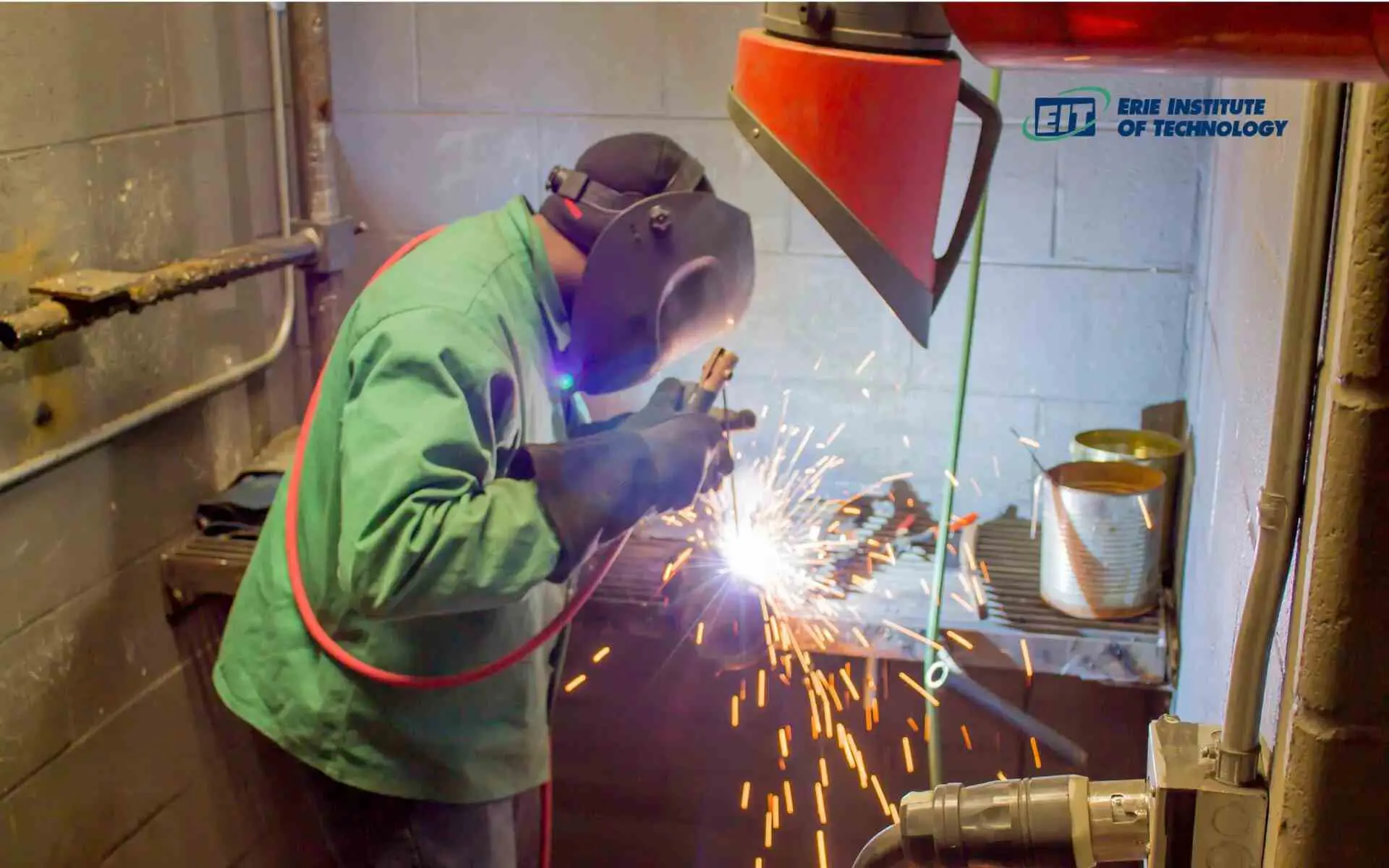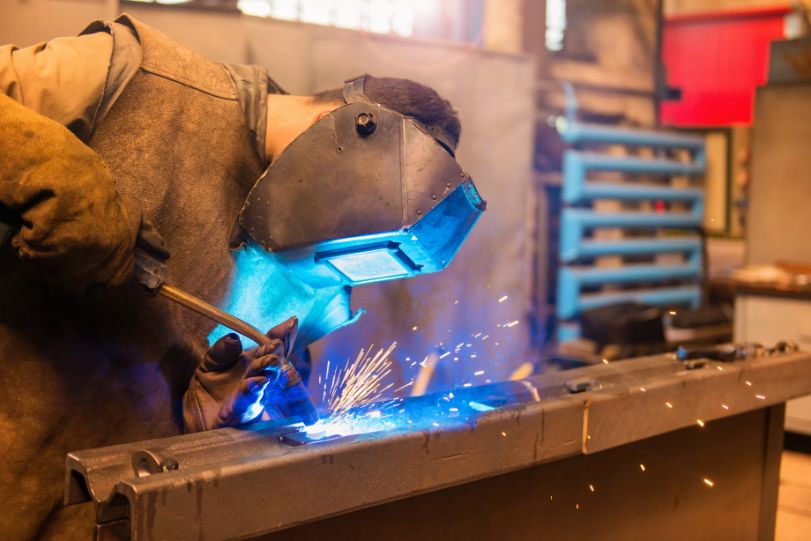The Ultimate Overview to Welding WPS Procedures: A Comprehensive Introduction for Welders
In the intricate globe of welding, Welding Procedure Specs (WPS) serve as the foundation of guaranteeing top quality, uniformity, and security in welding operations. Understanding the nuances of producing, applying, and keeping track of WPS procedures is crucial for welders aiming to raise their craft and fulfill market requirements. As we delve into the various parts of a WPS and check out the ins and outs of qualification and qualification, we will discover the important role these procedures play in the realm of welding. Let's begin on a trip to unravel the complexities and significance of WPS procedures in welding methods.
Importance of WPS Procedures
Understanding the importance of Welding Procedure Specs (WPS) treatments is vital for ensuring the top quality and honesty of welded frameworks. WPS procedures offer as a roadmap for welders, outlining the necessary actions, parameters, and products needed to achieve a sound weld. By sticking to WPS guidelines, welders can make sure consistency in their job, bring about dependable and structurally sound welds.
One of the key factors why WPS procedures are vital is their duty in keeping weld quality and stability. Adhering to the defined welding criteria and strategies described in the WPS aids prevent flaws such as porosity, breaking, or incomplete combination, which can compromise the stamina and sturdiness of the weld.

Elements of a WPS
A Welding Treatment Requirements (WPS) generally consists of necessary elements that detail the certain demands for performing a weld, making certain consistency and high quality in the welding process. The vital parts of a WPS include necessary variables such as base metals, filler steels, preheat and interpass temperature levels, welding processes, securing gases, welding settings, and post-weld heat treatment needs.
Base metals refer to the products being signed up with, while filler steels are utilized to load the space in between the base steels throughout welding. The welding procedure outlines the details method to be made use of, whether it's gas metal arc welding (GMAW), secured steel arc welding (SMAW), or an additional method. Welding settings specify the positionings in which welding can be executed.

Certification and Qualification
Having actually established the vital elements of a Welding Procedure Requirements (WPS), the focus currently changes towards the critical facets of certification and qualification in welding techniques.

Qualification, on the other hand, is the formal recognition of a welder's credentials by a relevant certification body or company. Welding qualifications are generally based upon the certain welding procedures, materials, and placements a welder is qualified to work with. Holding a valid welding accreditation demonstrates that a welder satisfies sector criteria and is qualified to do welding jobs to the called for requirements.
Producing a WPS
To create a Welding Procedure Requirements (WPS) that satisfies sector requirements, cautious consideration of welding processes, products, and functional parameters is necessary (welding WPS). The very first step in creating a WPS is to recognize the welding process to be used, such as gas metal arc welding (GMAW) or shielded metal arc welding (SMAW) When the welding procedure is established, the following critical facet is selecting the ideal materials, considering factors like base steel kind, thickness, and joint style. Operational parameters such as welding present, voltage, travel speed, and shielding gas make-up need to additionally be diligently specified in the WPS.

Executing and Monitoring WPS
Upon completing the thorough Welding Treatment Specification (WPS) that meticulously information welding procedures, products, operational specifications, and high quality assurance procedures, the focus moves to efficiently implementing and keeping track of the recognized treatments. Application involves making certain that all welders included in the job are familiar with the WPS and follow it carefully during the welding procedure. Efficient his explanation execution and tracking of the WPS are important for guaranteeing the integrity, strength, and safety of the bonded joints, eventually contributing to the overall success of the welding task.
Verdict
Finally, understanding and complying with Welding you could try these out Procedure Specs (WPS) is essential for welders to guarantee top quality, consistency, and safety and security in their job. By knowing the parts of a WPS, acquiring proper certifications and qualifications, developing thorough treatments, and carrying out and checking them properly, welders can boost their skills and proficiency in welding techniques. Abiding by WPS treatments is vital for generating top notch welds and meeting market criteria.
In the intricate globe of welding, Welding Procedure Specs (WPS) serve as the backbone of making certain quality, consistency, and safety and security in welding procedures. The welding procedure details the specific method to be made use of, whether it's gas metal arc welding (GMAW), protected metal arc welding (SMAW), or one more approach.To establish a Welding Treatment Requirements (WPS) that fulfills market requirements, cautious consideration of welding processes, products, and functional parameters is important. The very first action in creating a WPS is to identify the welding process to be utilized, such as gas steel arc welding (GMAW) or shielded metal arc welding (SMAW)Upon completing the detailed Welding Procedure Requirements (WPS) that carefully details welding processes, materials, operational parameters, and quality assurance actions, the focus shifts to effectively implementing and keeping an eye on the well-known procedures.